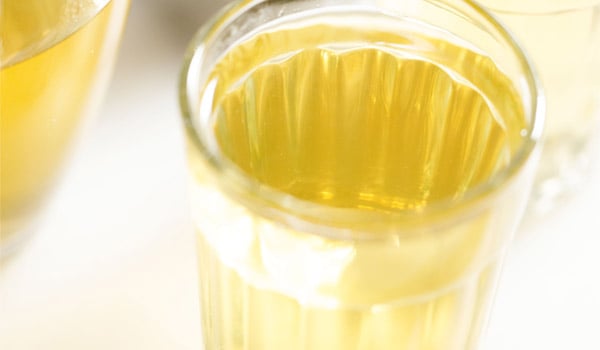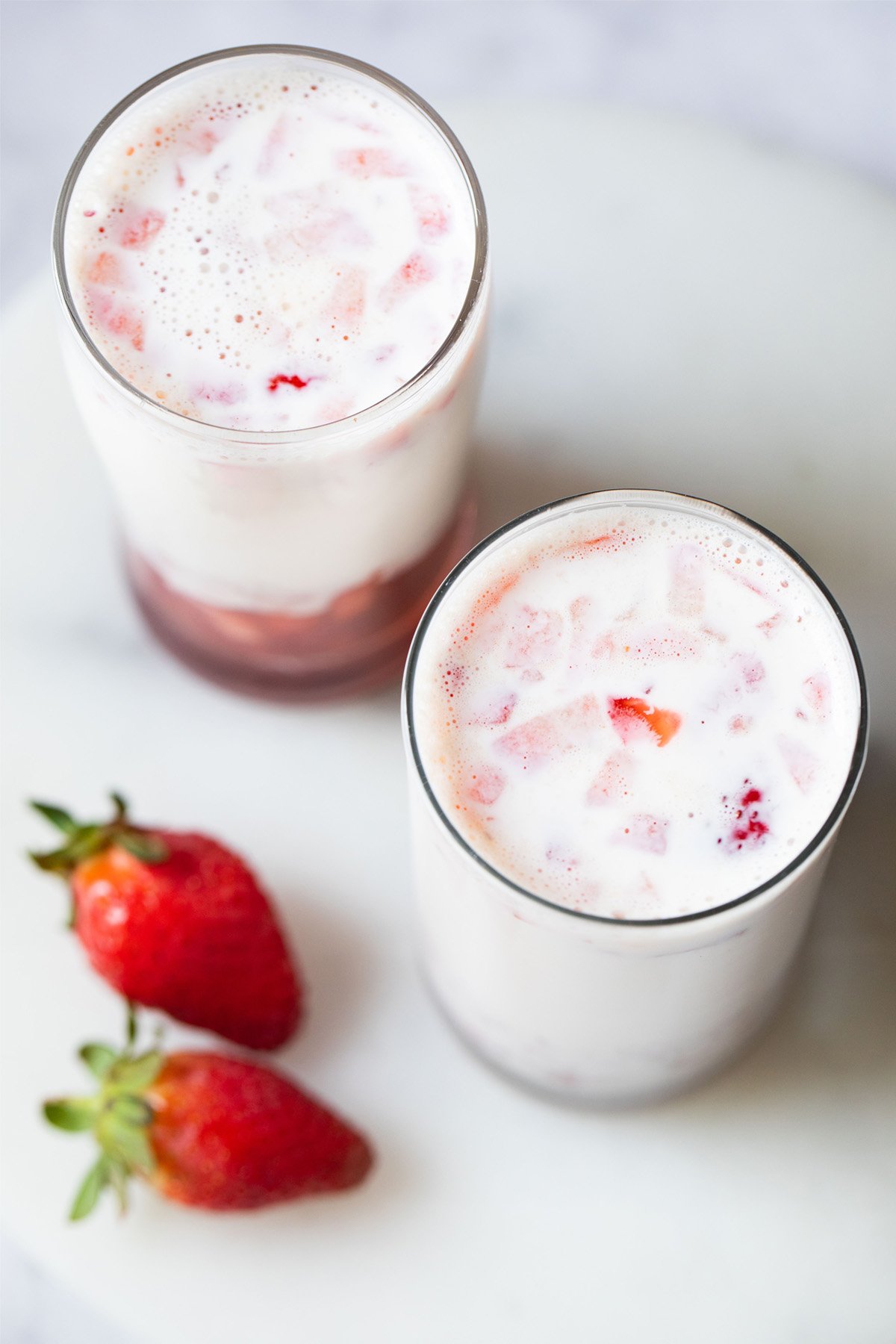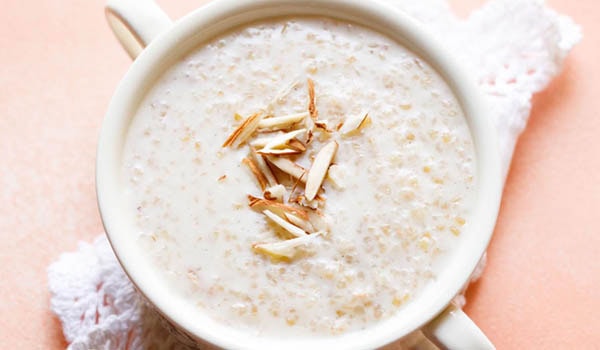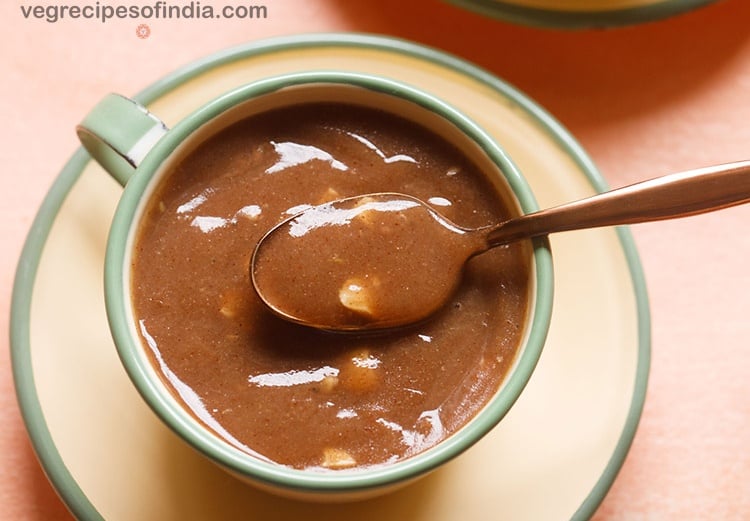Green Tea is a vibrant and refreshing beverage crafted from unoxidized tea leaves, celebrated for its light, earthy flavor and numerous health benefits. Alongside Earl Grey and Tulsi Tea, it ranks among my top choices for daytime sipping. Whether enjoyed plain or with a hint of sweetness, it makes for a perfect calming afternoon break. Discover how to brew Green Tea to perfection for a soothing and revitalizing experience.
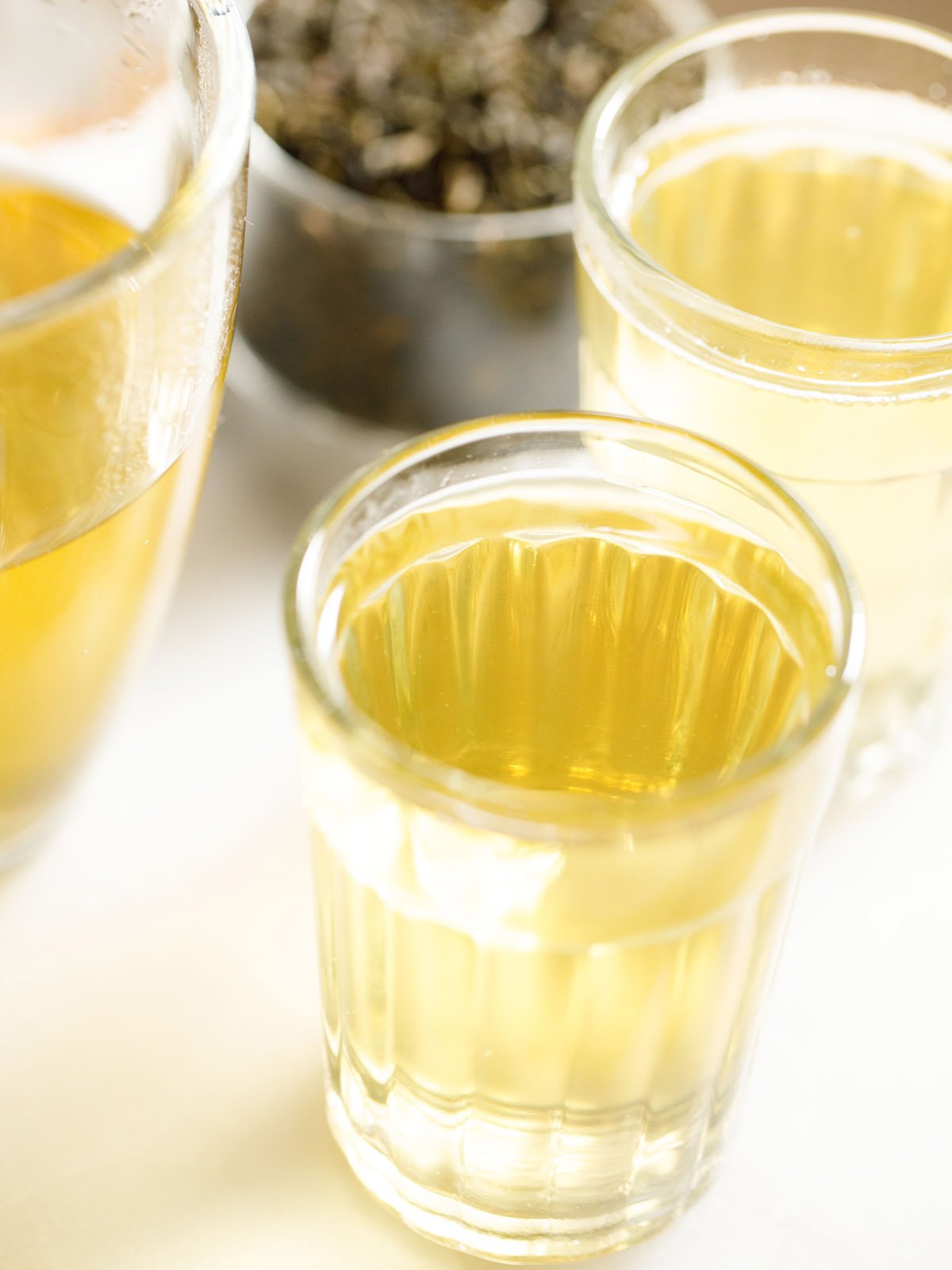
About Green Tea
Our mornings often kick off with a robust cup of Indian Masala Chai, known for its bold flavor and caffeine kick. As someone who isn’t particularly fond of coffee, I explore various teas, with chai being my morning staple.
For afternoons or evenings, I prefer brewing green tea or Kashmiri Kahwa, which combines green tea leaves with an array of spices like saffron, cloves, and cardamom.
These options typically contain less caffeine than chai but still provide a delightful boost.
Having sampled white tea, tulsi tea, English breakfast tea, Earl Grey, and many others, green tea remains at the top of my list for its drinkability.
Derived from the leaves of the Camellia sinensis plant, green tea undergoes minimal processing and is not oxidized, preserving its vibrant color and fresh, grassy flavor.
Originating in China and Japan, green tea has been enjoyed for centuries, both as a daily beverage and for its medicinal properties. It is abundant in antioxidants, particularly catechins, which contribute to overall health and wellness.
The flavor profile of green tea can vary from mild and sweet to slightly astringent, depending on the brewing method and variety used.
This tea can be served hot, sweetened or unsweetened, making it a versatile companion for snacks. Enjoy it as is or with a healthy treat, or even chilled over ice for a refreshing summer drink.
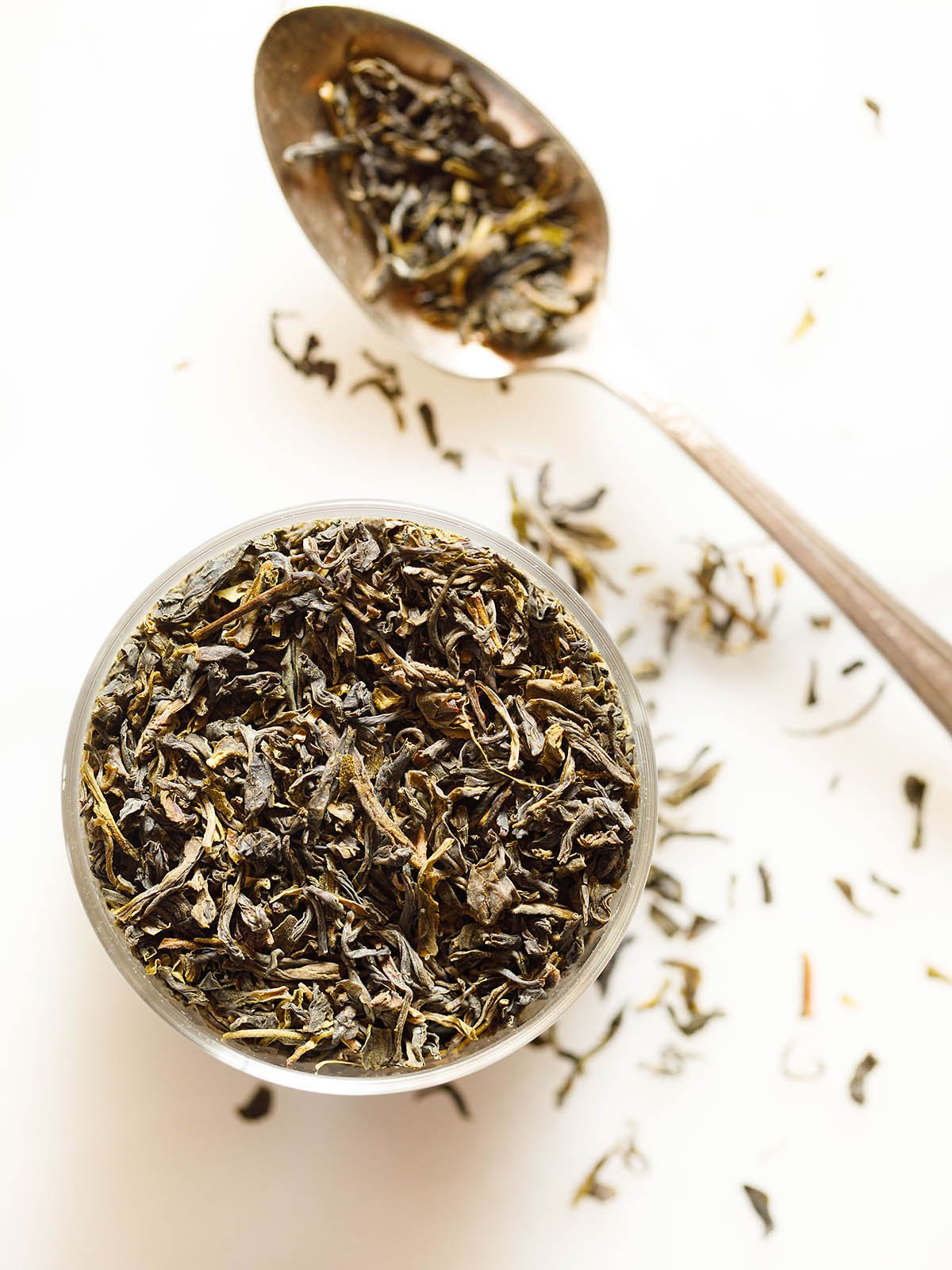
Does Green Tea Have Caffeine?
Yes, green tea does contain caffeine, albeit in lesser amounts than coffee—approximately 20 to 30 milligrams per cup, which is less than a quarter cup of coffee. This is significantly lower than black tea, which contains about 55 milligrams of caffeine per cup, equivalent to half a cup of coffee.
This moderate caffeine content makes green tea an excellent choice for an afternoon drink. However, it is advisable to avoid consuming green tea or black tea at night, as they may disrupt sleep.
Green tea offers numerous health benefits, including polyphenols that may lower the risk of certain cancers and aid in weight loss and detoxification.
What You Need
For this recipe, you will need loose-leaf green tea or tea bags from your preferred brand. You can also enhance the flavor by adding herbs and spices such as lemongrass, cinnamon, cloves, ginger, black pepper, or cardamom.
This green tea recipe yields 2 large cups or 3 small cups. Feel free to adjust the quantities to prepare larger batches. You might also explore other teas, like a healthy Turmeric Tea or a refreshing Iced Tea.
How to Make Green Tea
-
Begin by bringing 2 cups of water to a gentle simmer in a medium saucepan over medium-high heat.

-
Add 4 teaspoons of raw sugar or your preferred sweetener. This step is optional if you prefer a more earthy, unsweetened tea. If you’re using additional spices or flavorings, add them to the water at this stage.

-
Allow the water to reach a gentle simmer, stirring occasionally until the sugar dissolves.

-
Remove the saucepan from heat and place it on your countertop. Add 2 teaspoons of loose-leaf green tea leaves.

-
Cover the saucepan and steep the tea for 2 to 3 minutes. Avoid steeping for longer to prevent bitterness. Note that some higher-quality tea leaves may require a longer steeping time; adjust according to taste.

-
Strain the leaves using a sieve. Serve hot or warm, optionally with a squeeze of lemon.

Making Green Tea with Tea Bags
To brew green tea using tea bags, boil one cup of water for each cup of tea you wish to make. Once the water reaches a gentle boil, turn off the heat and remove the saucepan from the burner.
Gently dip the tea bags into the hot water and allow them to steep for 2 to 3 minutes, ensuring not to over-steep to avoid bitterness.
Note: Never boil green tea bags or leaves directly in water.
Add sugar or your preferred sweetener, and enjoy!
How to Make Iced Green Tea
To prepare iced green tea, refrigerate the brewed tea in a covered jar, pitcher, or bottle until cold. Serve chilled, garnished with lemon slices or mint leaves.
A splash of lemon or lime juice can enhance the refreshment. If you plan to add honey, allow the tea to cool to room temperature before mixing it in. For lighter flavors, consider adding an additional cup of water or ice cubes.
Green Tea vs. Black Tea
Both green and black tea originate from the same plant, Camellia sinensis. However, black tea leaves are dried and fermented, while green tea leaves are processed more quickly, resulting in less fermentation. This difference leads to a milder flavor and lower caffeine content in green tea compared to black tea.
Expert Tips
- Brewing Time: The ideal brewing time varies with the tea’s quality and grade, ranging from 2 to 5 minutes. From experience, 2 to 3 minutes works best; longer steeping can result in bitterness.
- Sweeteners: I prefer using raw sugar or jaggery in my green tea, but feel free to use your sweetener of choice.
- Honey: Avoid adding honey to hot green tea, as Ayurveda suggests it can become toxic in hot liquids. However, it can be added to lukewarm tea.
- Diabetic-Friendly Version: Green tea is beneficial for those with high glucose levels. For a healthier option, skip the sweetener altogether.
- Make Ahead and Scaling: Brew a larger batch of green tea and refrigerate for a few days. Serve chilled with mint or lemon juice. Do not reheat refrigerated tea, as the flavor will differ; always brew fresh if you prefer hot tea.
- Where to Buy: Green tea leaves are readily available at supermarkets, health stores, or online.
FAQs
The brewing time depends on the grade and quality of your tea leaves, typically ranging from 2 to 5 minutes. I usually brew for about 2 to 3 minutes to avoid bitterness.
Absolutely! Raw sugar, jaggery, and even lemon (added to lukewarm tea) work well. You can use any sweetener you prefer.
To enhance the flavor, consider adding lemon, chopped mint, tulsi (Indian holy basil), lemongrass, or ginger. A combination of ginger and lemon with honey (in lukewarm tea) is also excellent for soothing sore throats.
Yes, you can prepare Green Tea with tea bags. The procedure is detailed in the earlier sections.
To make Iced Green Tea, refrigerate the brewed tea in a pitcher or jar. Once chilled, garnish with lemon slices or mint leaves. You can also add lemon juice, but only after the tea has cooled to room temperature. For lighter flavors, consider adding ice cubes or an extra cup of water.

